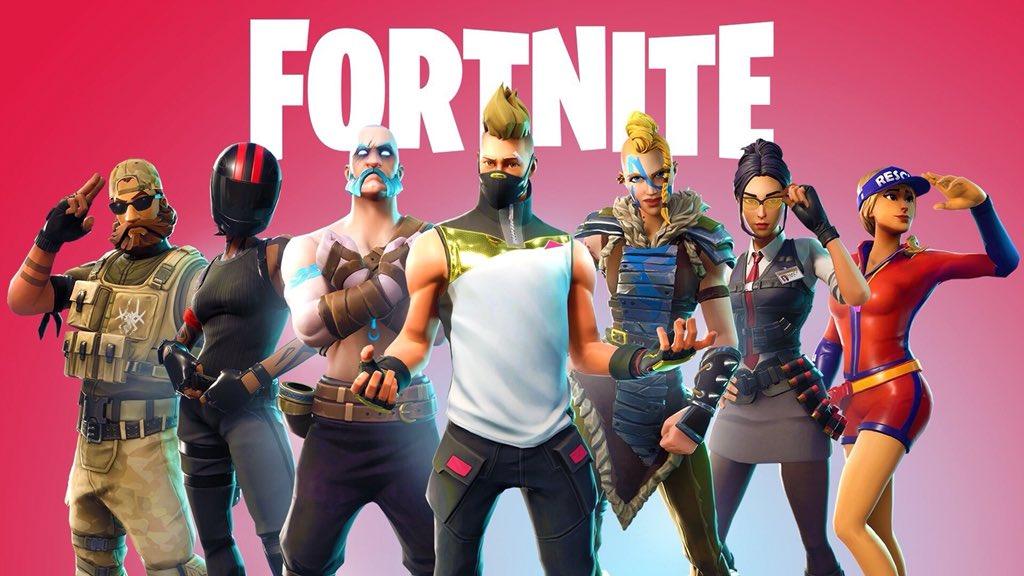In 2025, Fortnite has become more than a battle royale—it’s a full-blown creative platform. Thanks to Unreal Editor for Fortnite (UEFN) and Epic Games’ expanding ecosystem, players now have the power to design, create, and share their own custom Fortnite skins with the community.
Whether you’re an aspiring game designer or just want to rock your own unique look, this guide walks you through everything you need to know about creating Fortnite skins in 2025.
Why Custom Skins Matter More Than Ever
Fortnite has always been known for its outrageous and stylish skins. From collaborations with Marvel to meme-worthy banana suits, the game’s cosmetics have defined its culture.
But now, in 2025, Epic has opened the doors for players to become the designers. That means more:
- Personal expression
- Community-generated content
- Opportunities for creators to monetize their work
With the introduction of Creator Economy 2.0, there’s even a chance to earn real-world revenue if your skin becomes popular.
What You Need to Get Started
Before you dive into creating your first skin, here’s a checklist of tools and accounts you’ll need:
1. Epic Games Account
Make sure your Fortnite and Epic Games accounts are linked. You’ll also need access to UEFN (Unreal Editor for Fortnite).
2. UEFN Installed
UEFN is a powerful version of Unreal Engine 5 tailored for Fortnite. Download it via the Epic Games Launcher.
3. 3D Modeling Software (Optional)
While UEFN has built-in tools, using external modeling software like Blender, Maya, or ZBrush can give you more control over design details.
4. Graphics Software
For skin textures and color design, tools like Photoshop, GIMP, or Substance Painter are incredibly helpful.
5. Creative Mode Permissions
If you plan to publish your skin or use it in custom maps, you’ll need to apply for publishing rights through Epic’s Creator Portal.
Step-by-Step: Creating a Custom Skin
Step 1: Concept Your Skin
Start with a clear idea. Is your skin a sci-fi warrior? A fantasy creature? A tribute to your favorite streamer? Sketch out some ideas or use digital design boards.
Step 2: Build the 3D Model
You can:
- Use UEFN’s character base models to customize existing frameworks.
- Design from scratch in Blender or Maya.
Focus on proportions, accessories, and animations compatibility. Fortnite characters follow specific rigging requirements, so make sure your model fits the skeleton.
Step 3: Texture and Paint Your Skin
Import your model into a texture editor. Add:
- Clothing designs
- Skin tones
- Effects (like glowing tattoos, armor shine, etc.)
Keep file sizes optimized and follow Epic’s guidelines for textures and shaders.
Step 4: Import Into UEFN
Open your UEFN project and import your 3D model and texture files. Add animations or use the preset emotes and rigging templates provided.
UEFN allows live preview, so you can test how your skin looks in Fortnite environments.
Step 5: Test in Fortnite Creative Mode
Once imported:
- Place your character in a test map
- Use the Play button to run it in Fortnite’s engine
- Test movement, emotes, and lighting compatibility
Make adjustments if animations or assets look broken.
How to Share Your Fortnite Skins
In 2025, Epic has enabled creators to share skins through:
1. Creator Islands
Publish a custom island that uses your skin. When players join your map, they can play as your character via in-game interactions.
2. UGC Skin Portals (Beta)
Epic is testing a system where players can browse and equip community skins via special portals in the main lobby or creative hubs.
3. Social Sharing
Share your UEFN skin project via:
- Twitter/X
- Reddit (e.g. r/FortniteCreative)
- TikTok with gameplay showcases
4. Epic’s Creator Economy
If your skin gains traction, Epic may feature it in the UGC section of the Item Shop, where creators can earn a percentage of V-Buck sales.
Monetization and Rights
As a skin creator in 2025:
- You retain creative rights to original content
- You agree to Epic’s licensing terms when uploading
- You can earn real-world money if your skins are approved for the shop
Make sure to avoid using copyrighted logos or characters unless you’re officially collaborating.
Tips for Better Skins
- Stay within Fortnite’s art style: Cartoonish, vibrant, stylized designs perform better.
- Think about emote compatibility: Your model should work with default animations.
- Make skins modular: Add interchangeable hats, backpacks, or effects.
- Use lighting tools: Proper highlights and shadow mapping will make your skin stand out.
- Get feedback: Test your skin with a small group before publishing.
Community Spotlights
Check out some standout creators already pushing the limits of custom Fortnite skins in 2025:
- @FortBuilderX: Known for cel-shaded anime-style skins
- @PixelForgeVR: Creating VR-ready Fortnite skins for Creative 2.0 maps
- @GGGalaxy: Unique fantasy skins featured in Epic’s UGC spotlight
These creators often share tutorials and livestream their process—great inspiration for newcomers!
Final Thoughts
Fortnite in 2025 is a game where the lines between player and creator are blurred. You don’t need a full game dev team—you just need vision, creativity, and a bit of time to learn the tools.
Creating and sharing your own Fortnite skin isn’t just a way to express yourself—it’s a way to stand out, contribute to the community, and potentially earn while doing what you love.
Ready to design your own skin and drop into the Battle Bus in style?
Start building today—and don’t forget to tag us @Gamink when you do!





